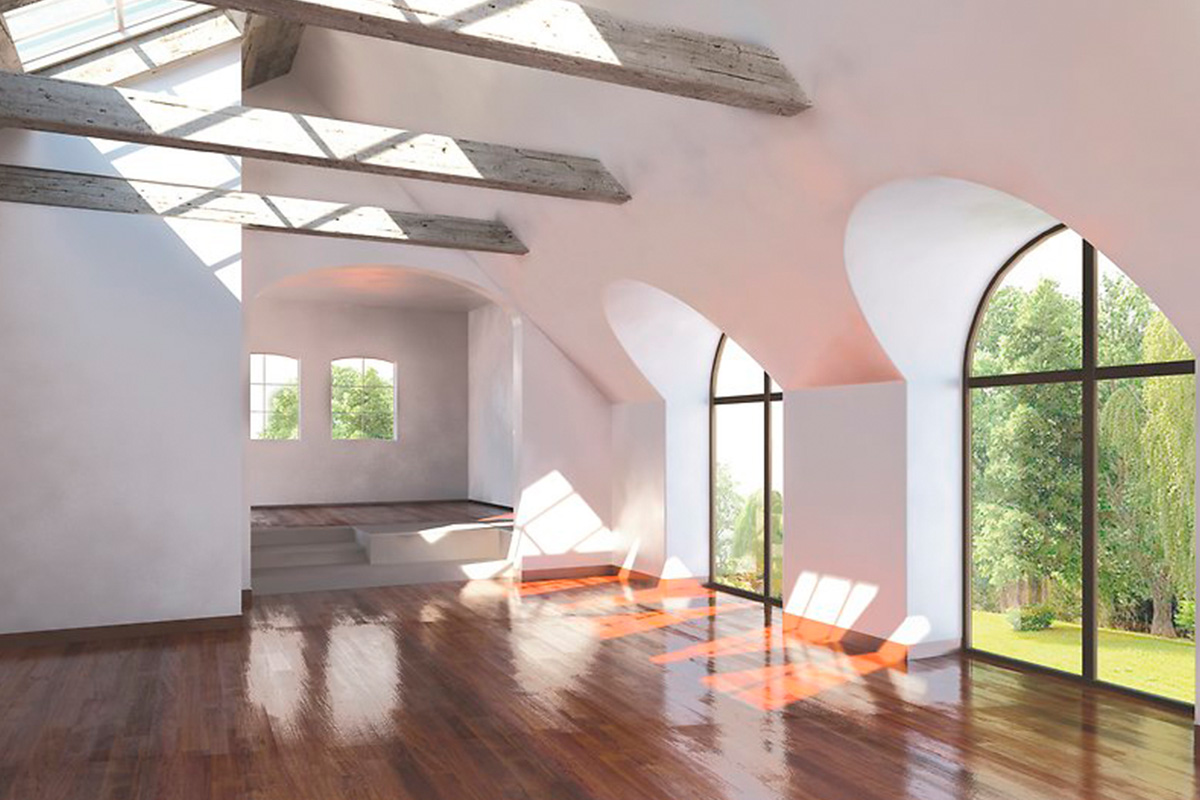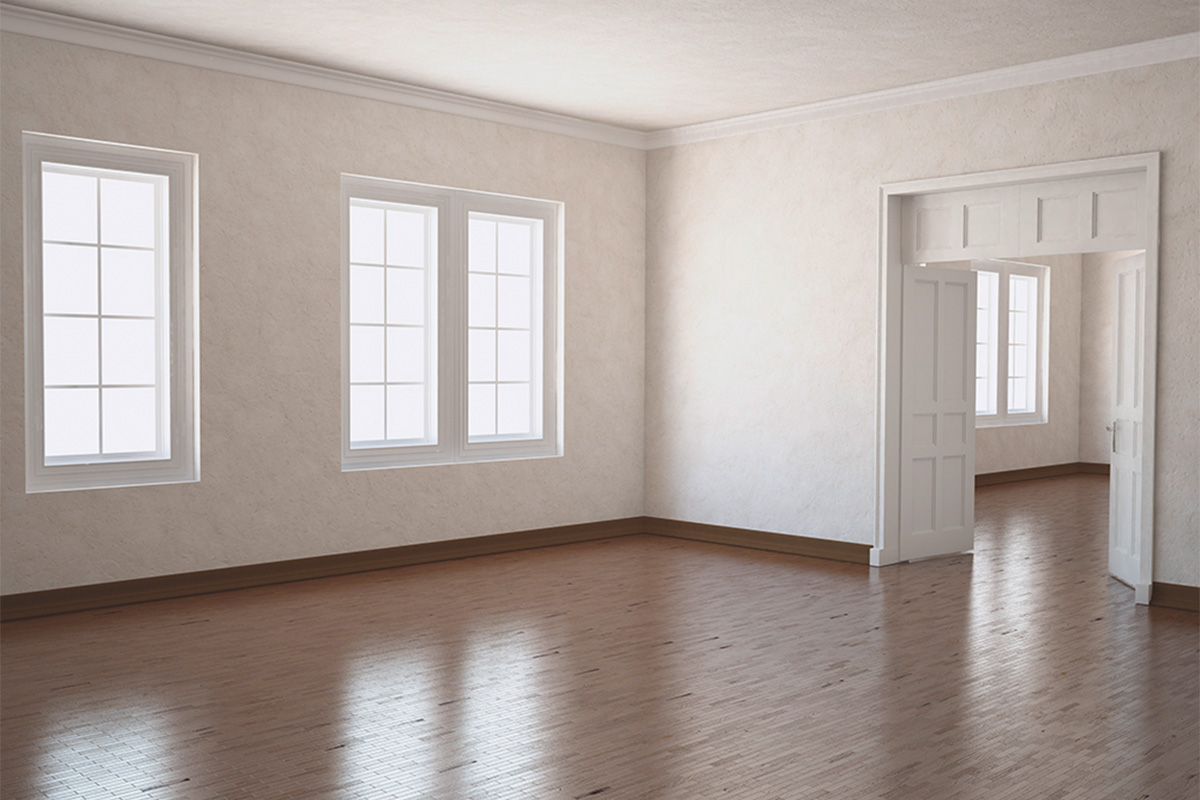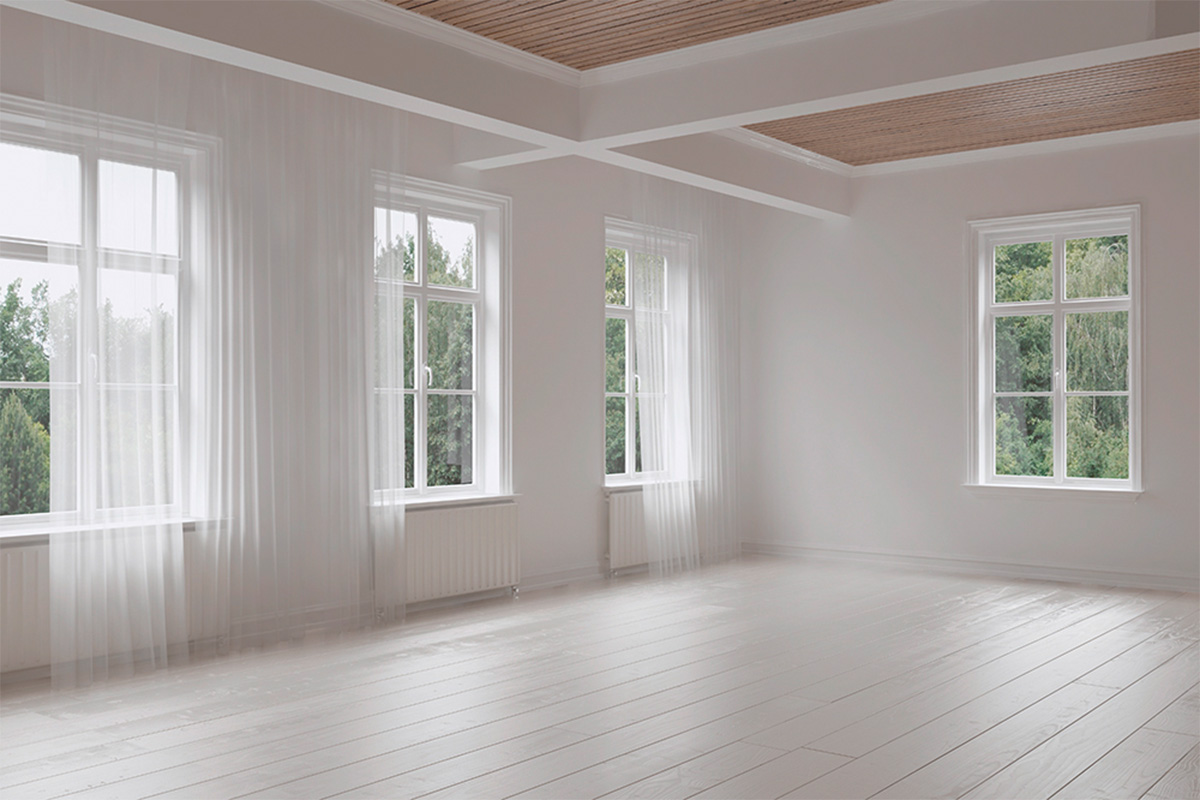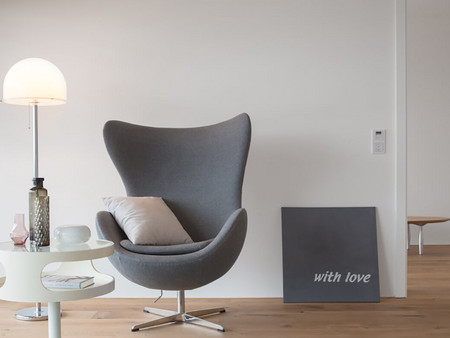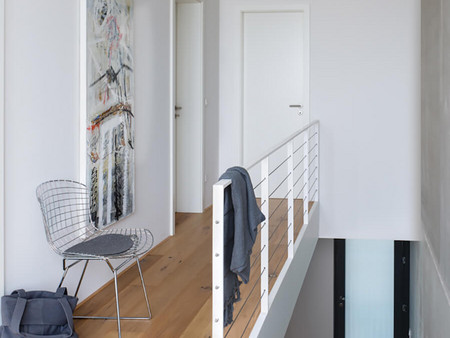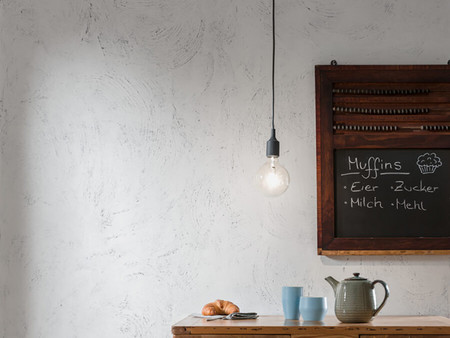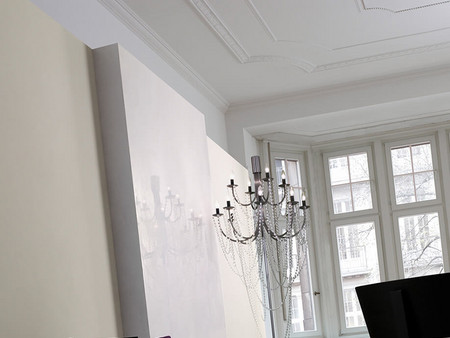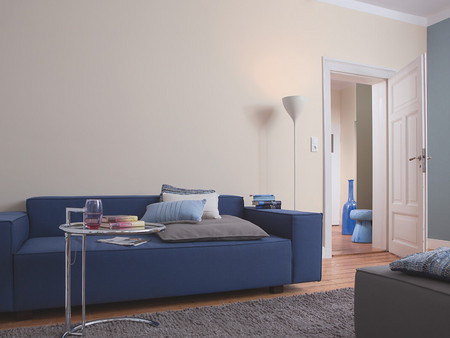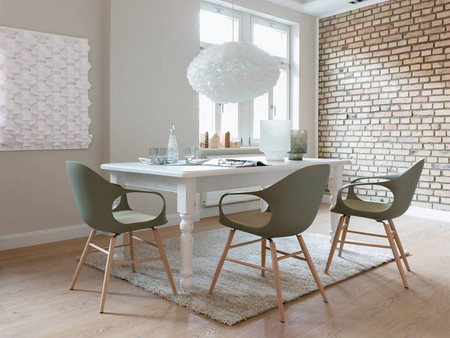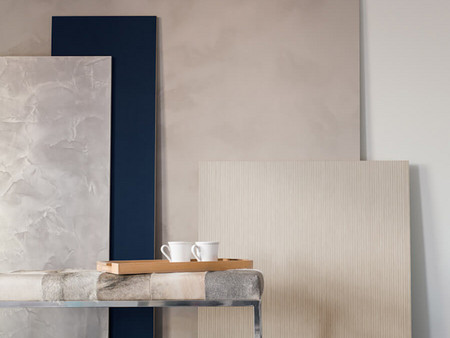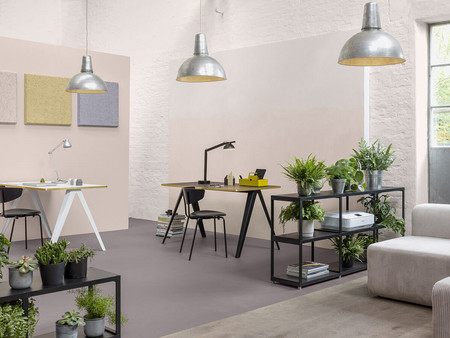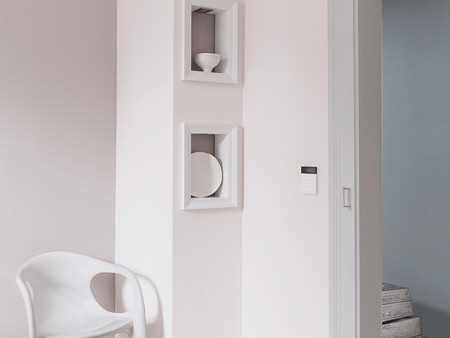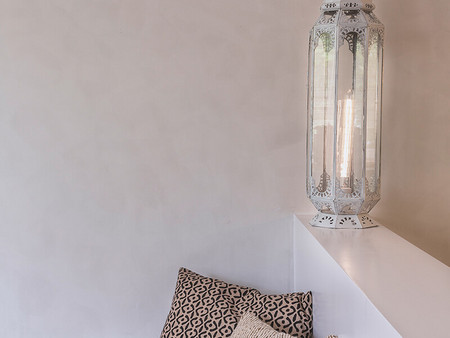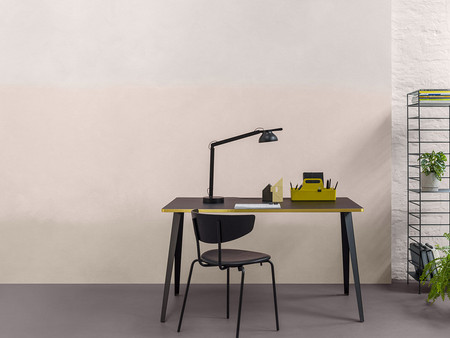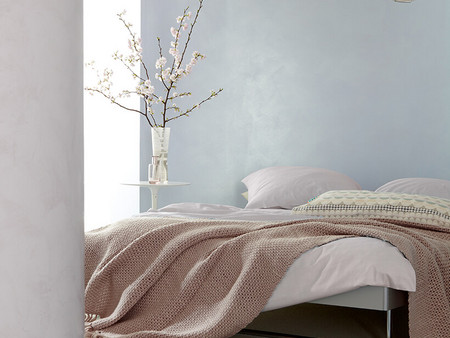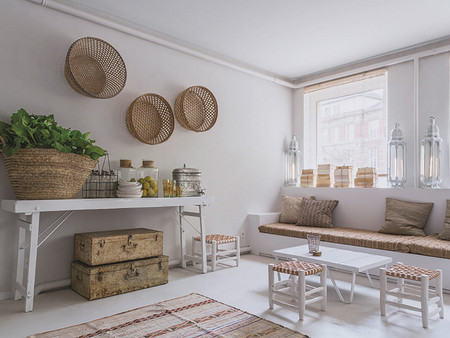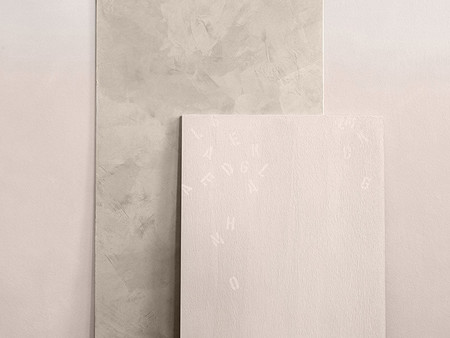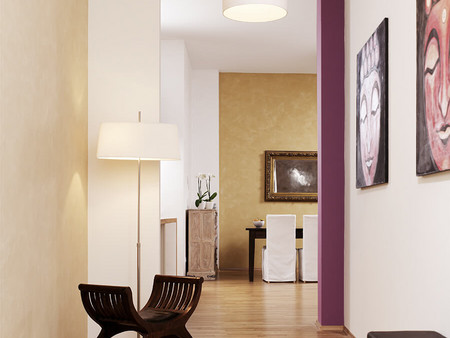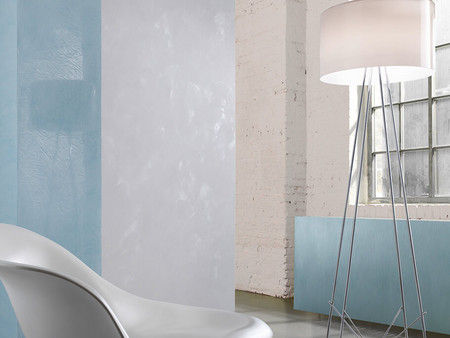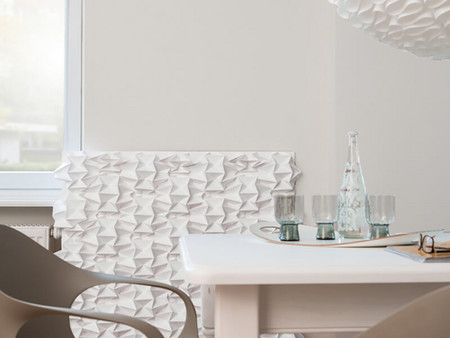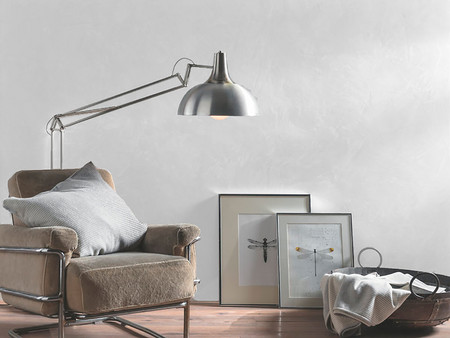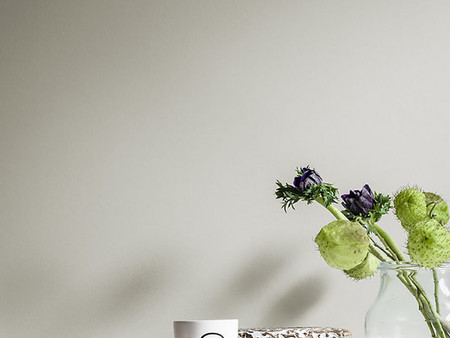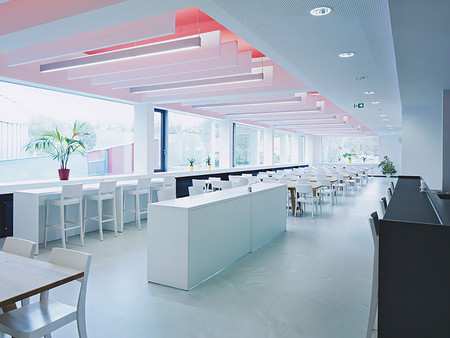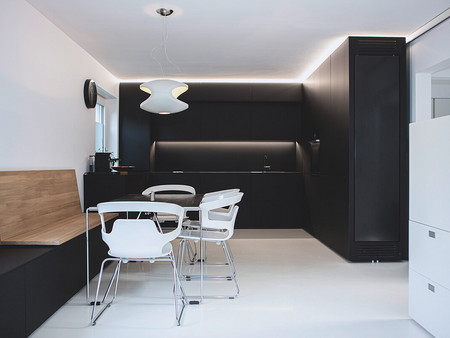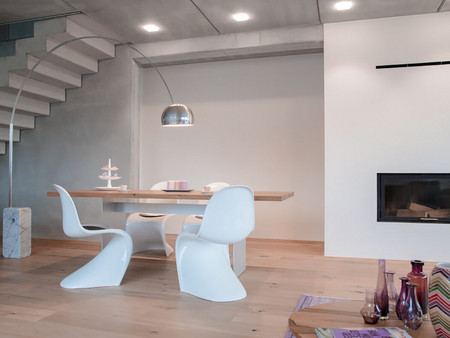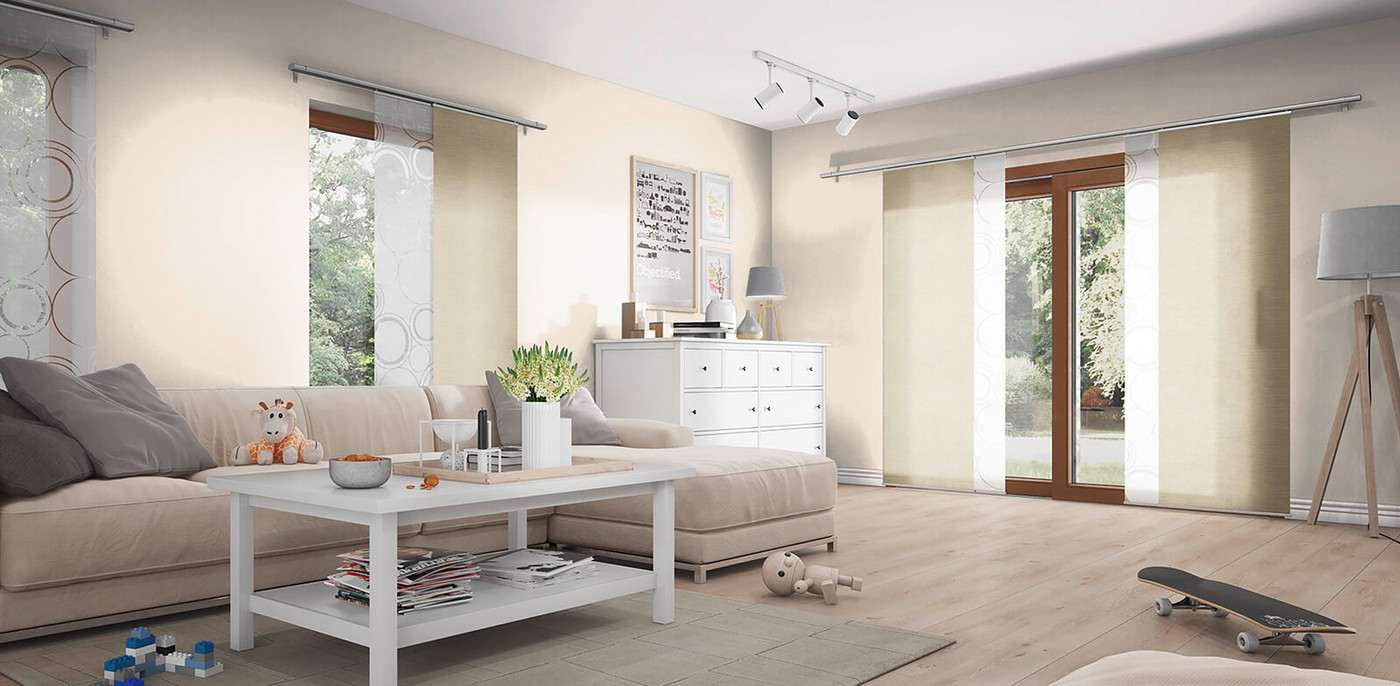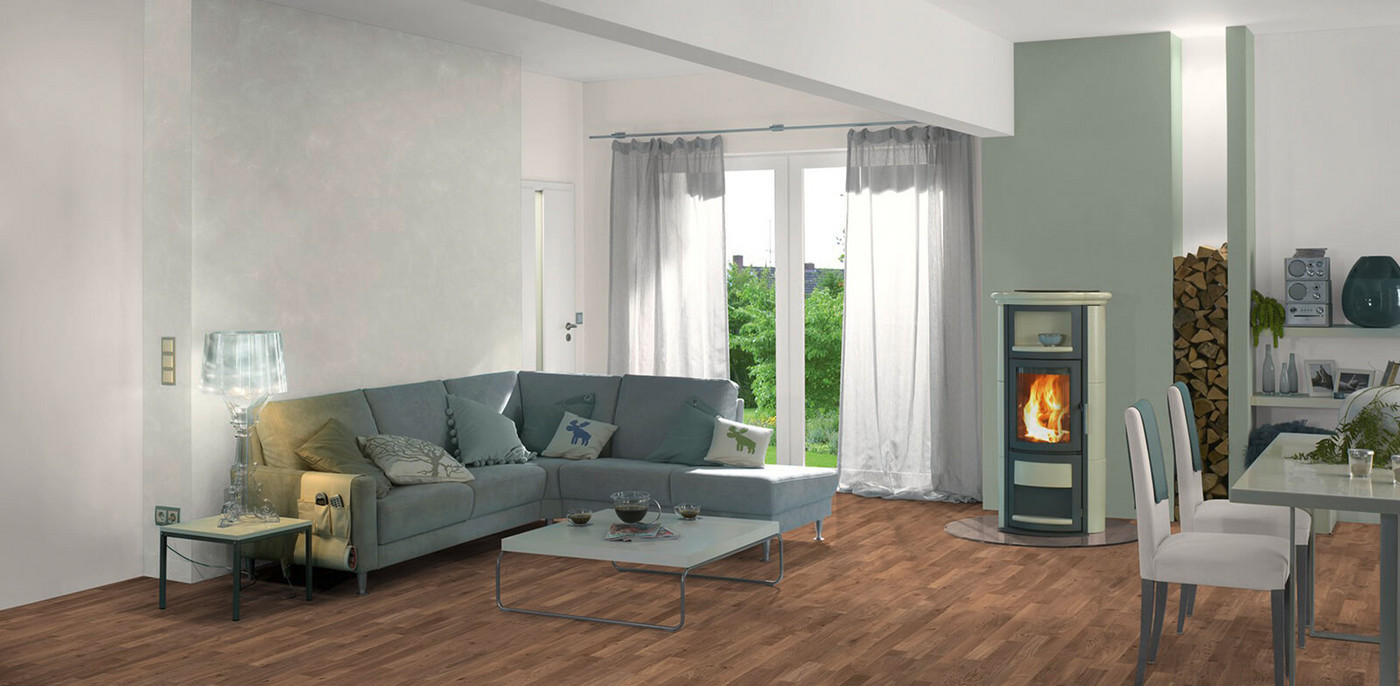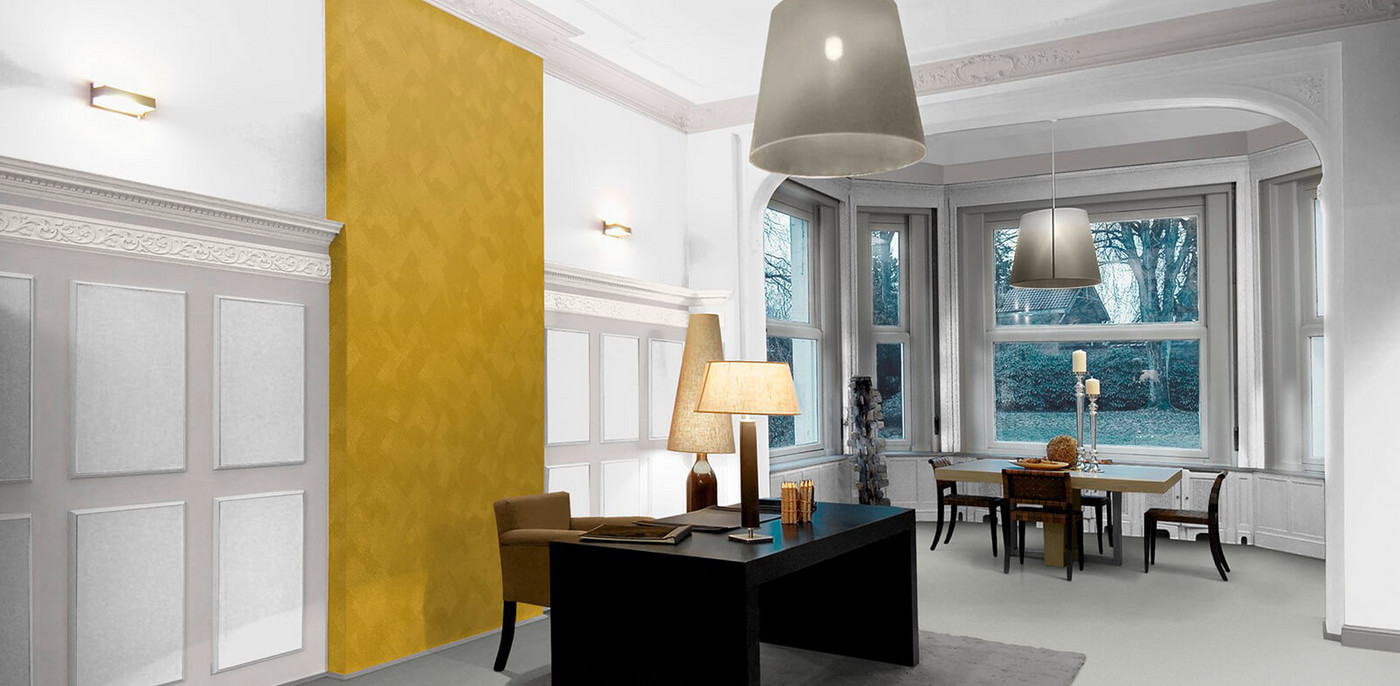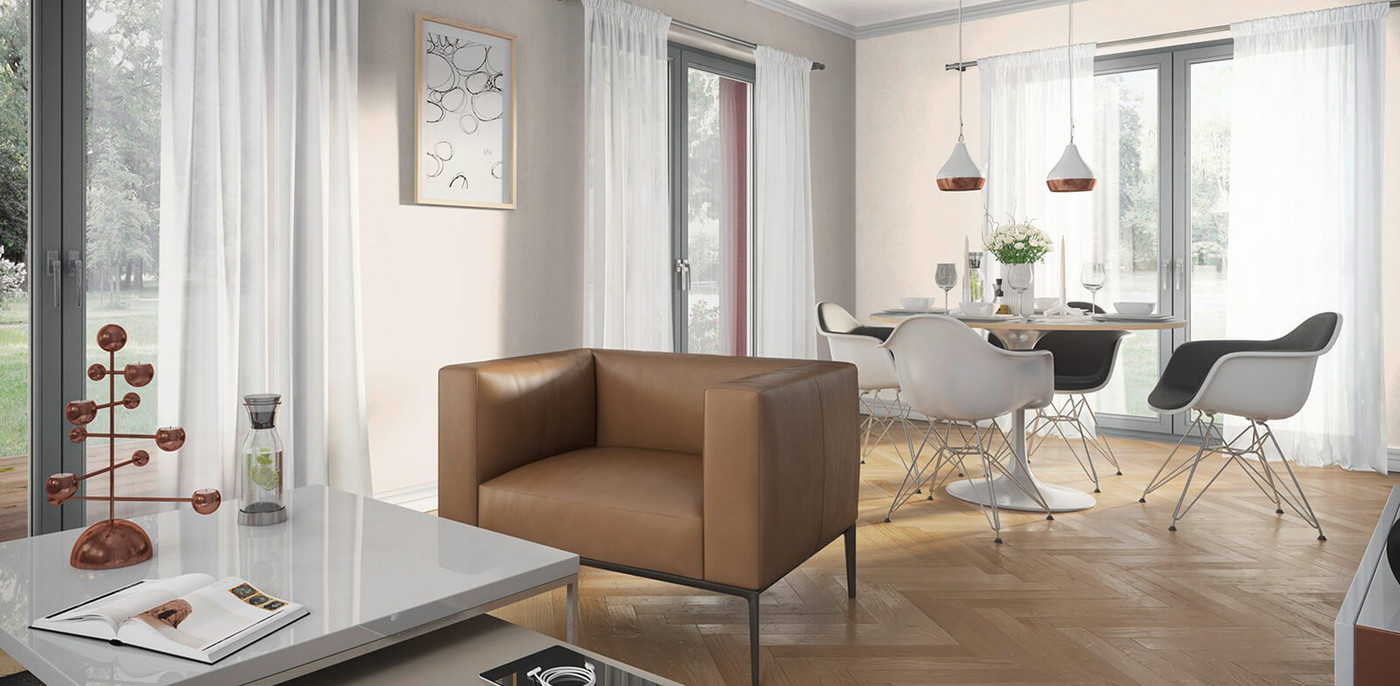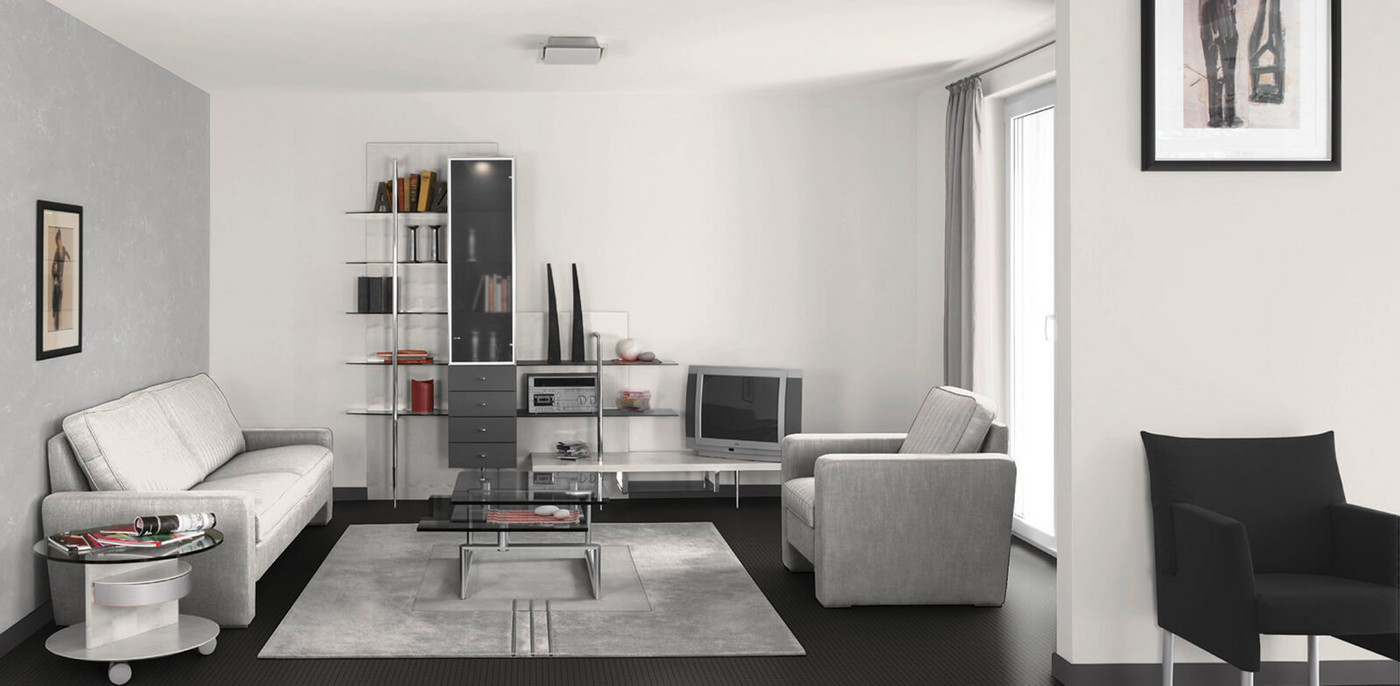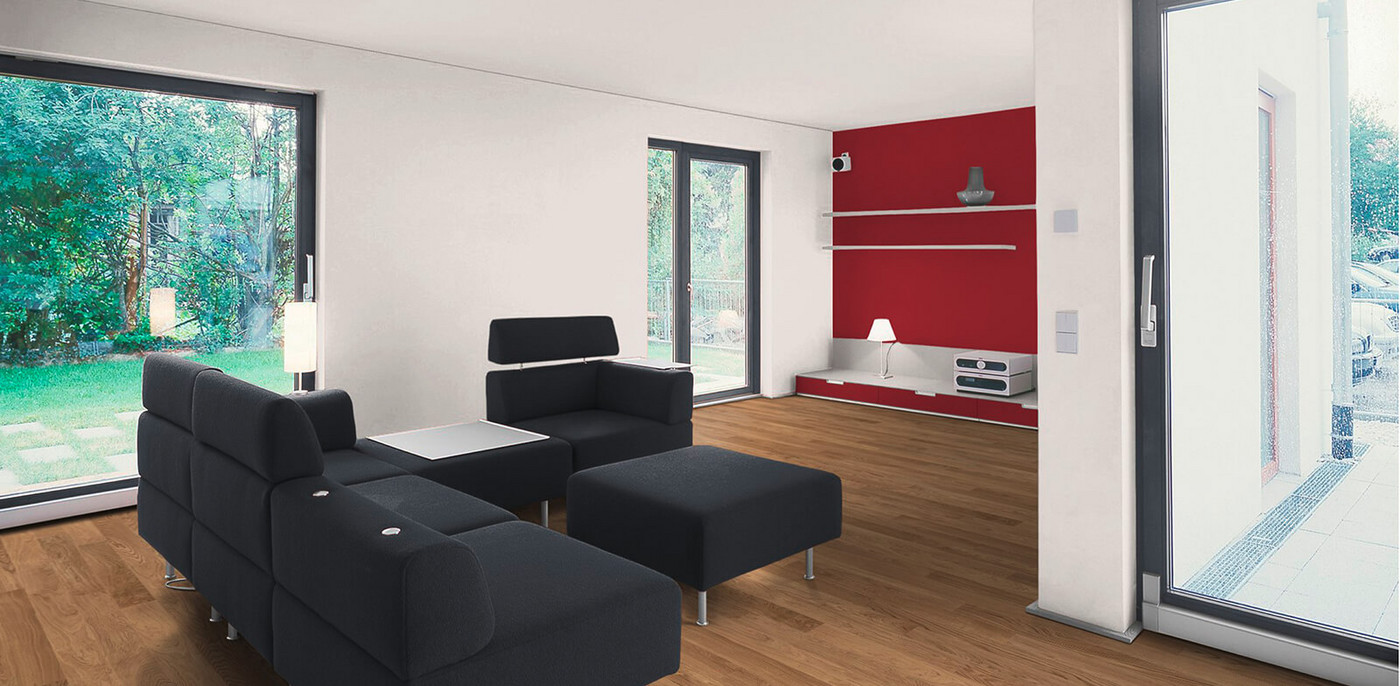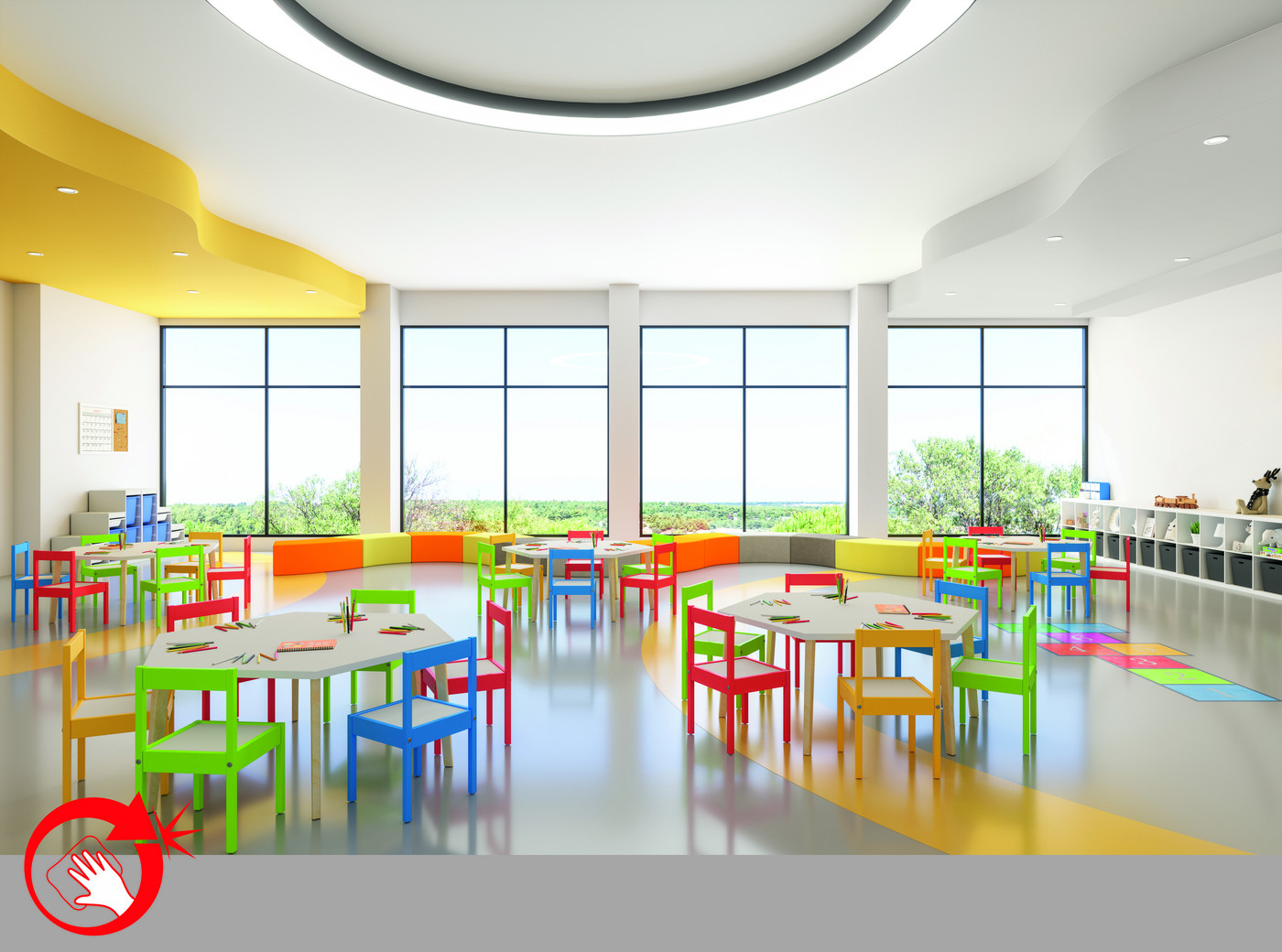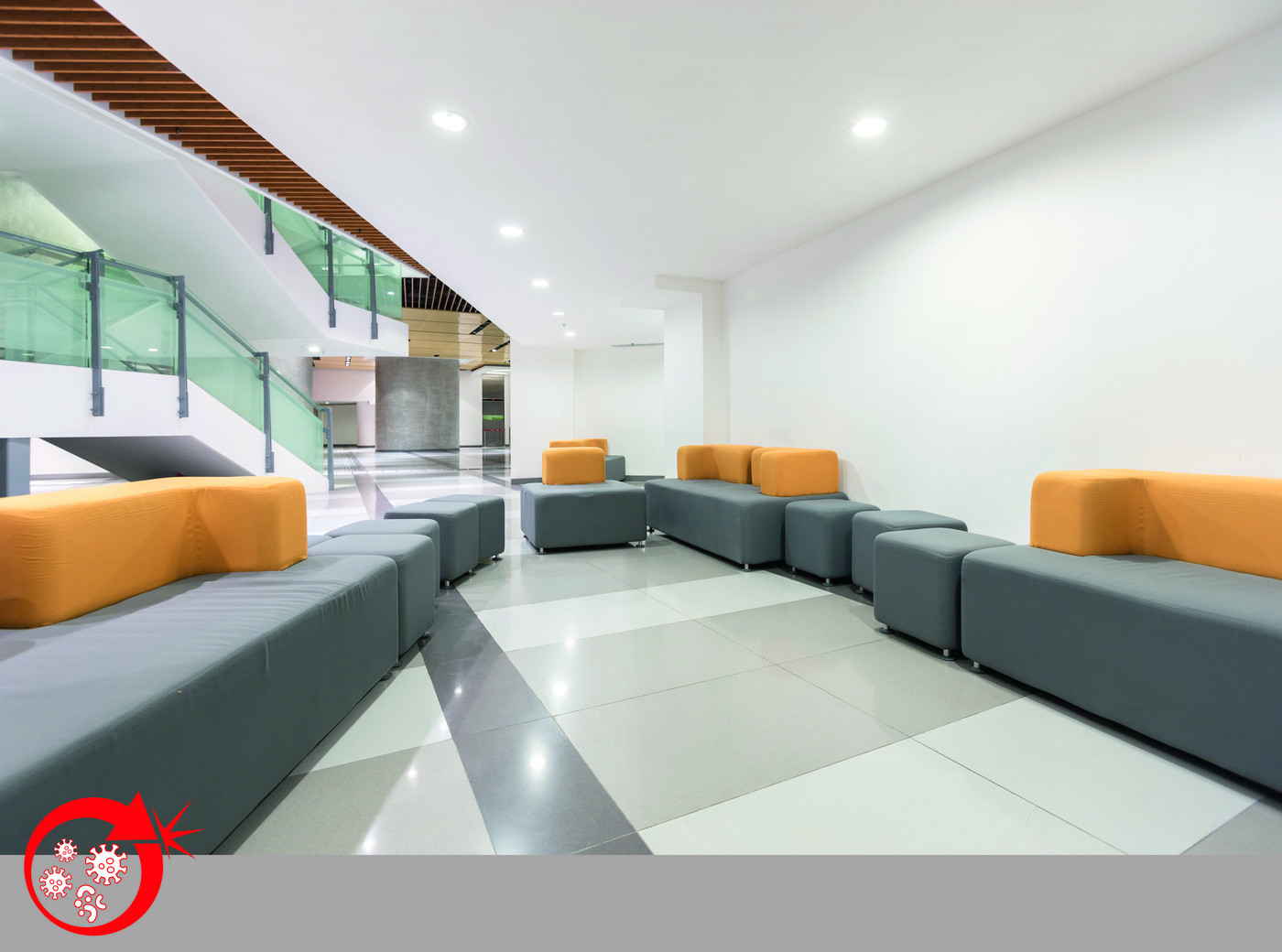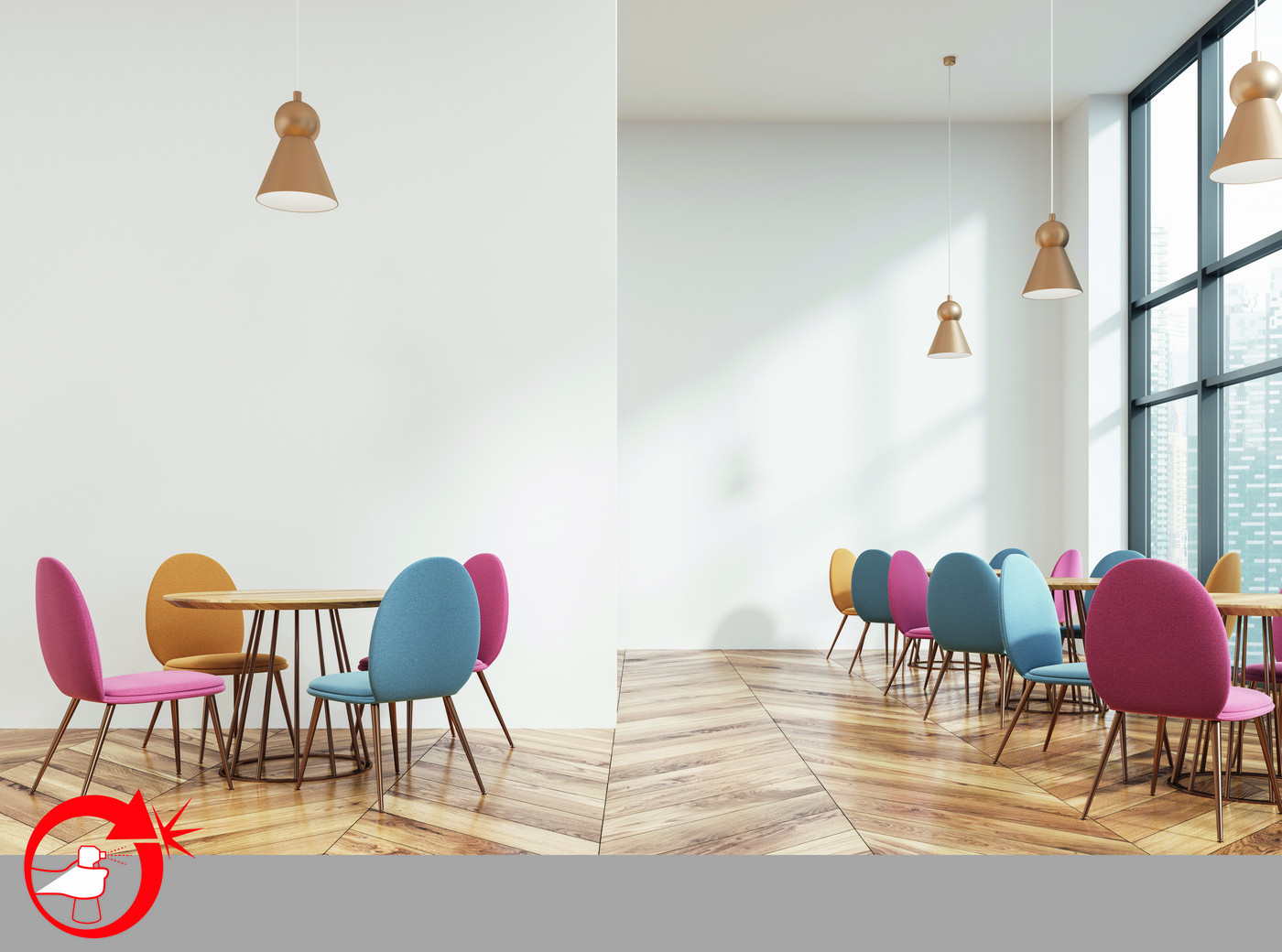
- www.caparol.ge
- Aplication Areas
- Interior
- Inspiration
- Inspiration White
WHITE
White is not always white - the fine nuances
The color white is still in vogue. In recent years the demand for white tones has increased noticeably - and with it a special sensitivity for the different nuances. When designing a room with white, it is important to carefully consider which mood should be given to the room as a whole and which character should be given to the building element in particular. The multitude of possible degrees of whiteness is surprising, because doors, windows, furniture and radiators can be white and yet produce very different effects through their shades.
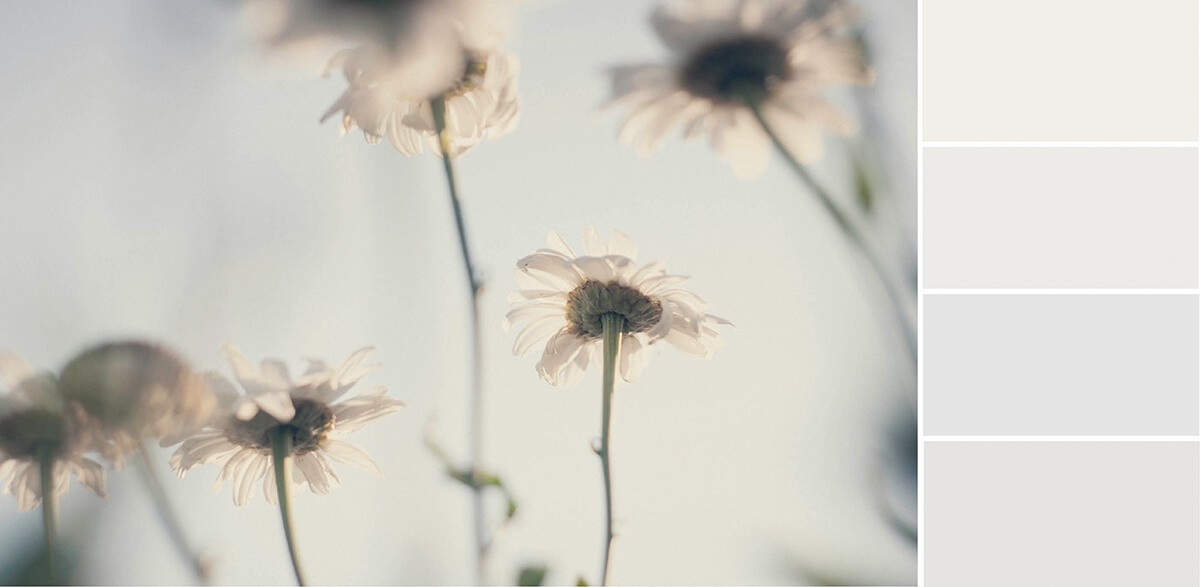
Neutral WHITE
These white tones convey a high level of purity. They have a neutral effect and show no tendency towards a certain color tone.
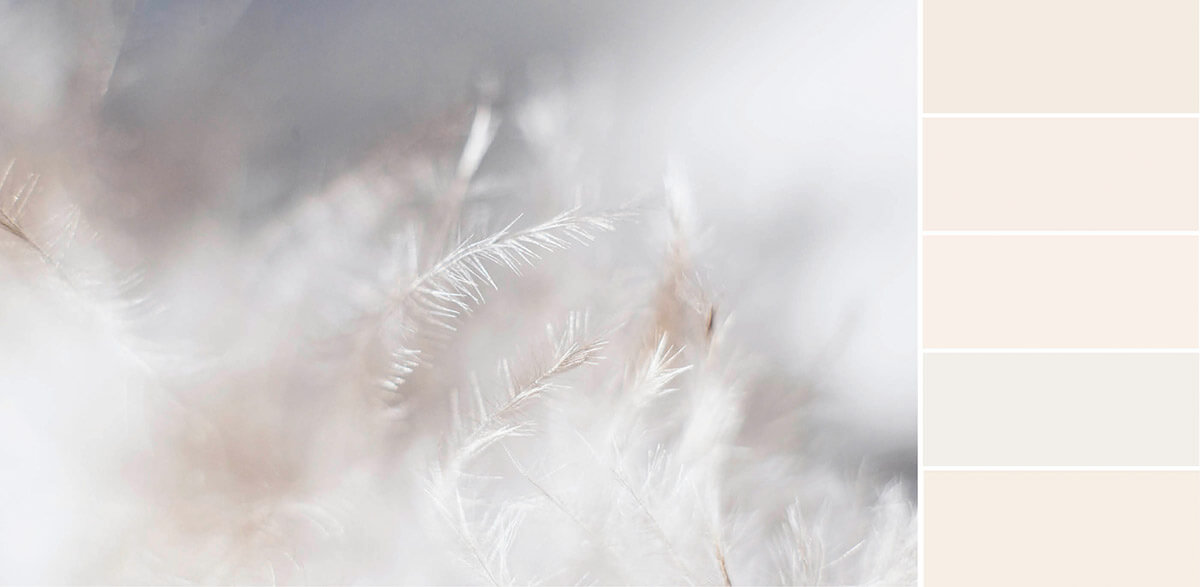
Warm WHITE
Slightly broken white nuances, such as antique white and light white, create a cautiously warm atmosphere with a classic character.
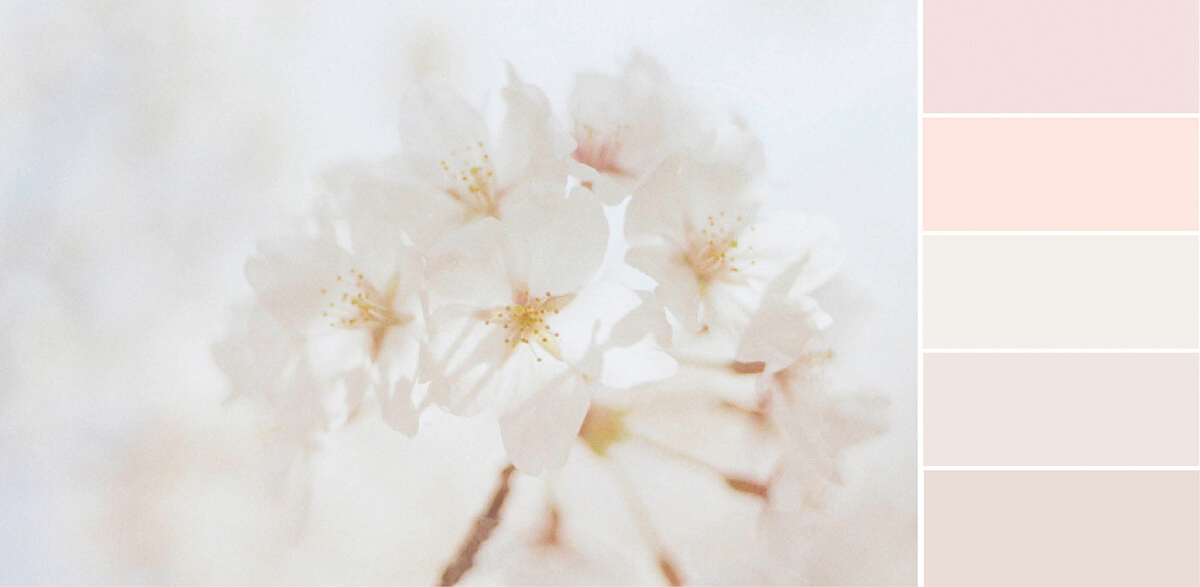
Rosé WHITE
Here are shown nuances of white from very delicate rose to very light old rose. Their covering makes them look stylish and elegant.
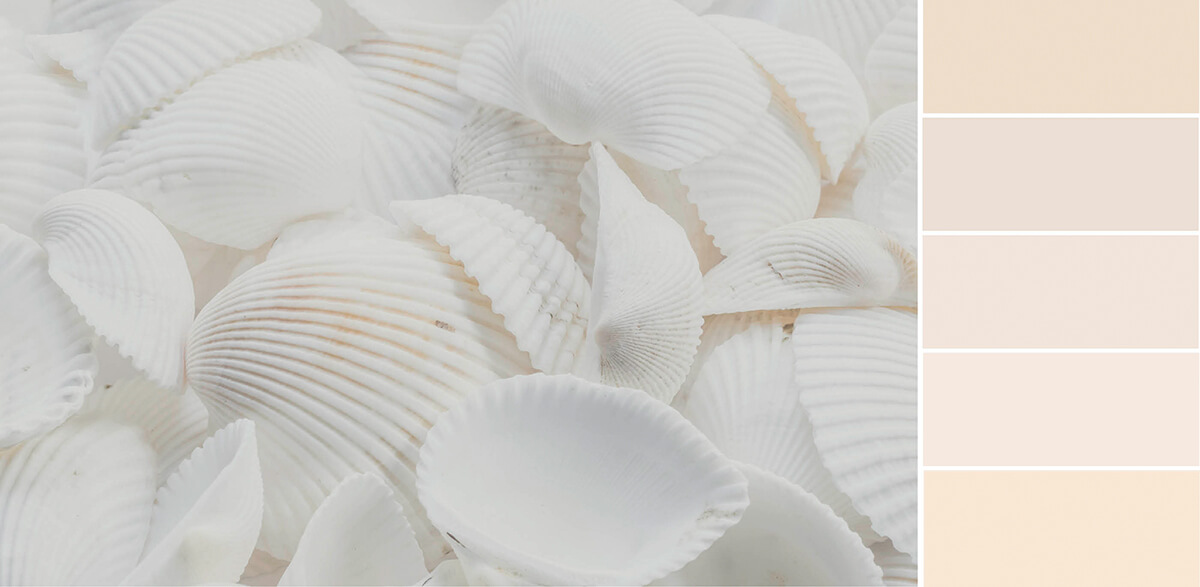
Cream WHITE
In this family there are white nuances that tend more towards the color of champagne. They are a little more toned, but still discreetly withdrawn.
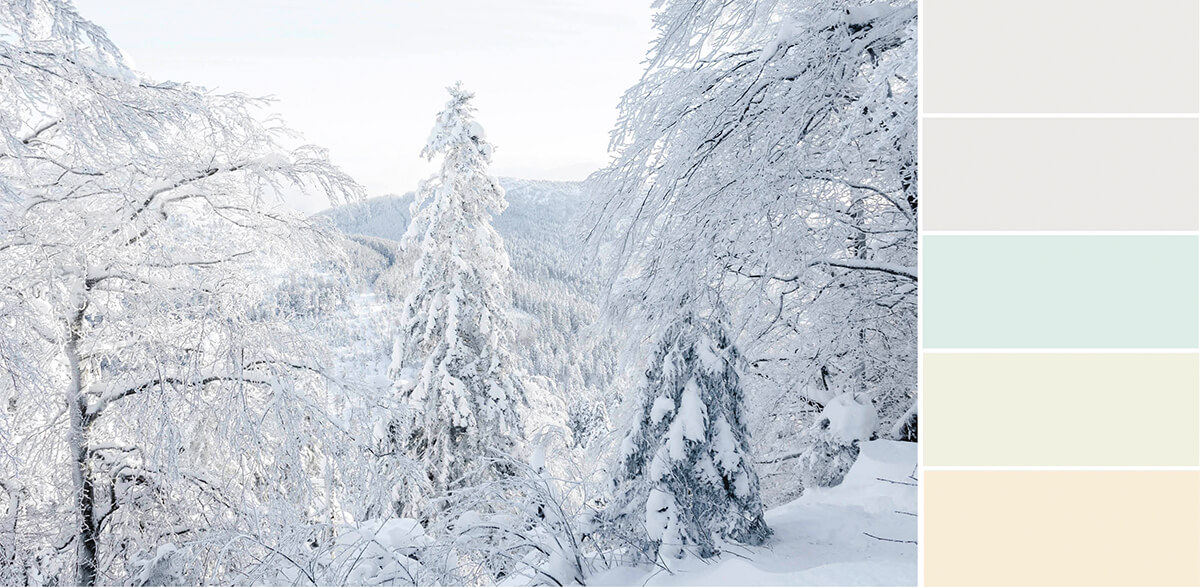
Fresh WHITE
These more saturated white nuances from blue to green to yellow are fresh to cool in their appearance. They can be ideally combined with warm-toned materials (off-white nuances).
White Rooms
Play with degrees of gloss, nuances, light and shadow
What color is hygiene?
White!
Bright white is still the most common interior color. And of course the highest demands are placed on heavily used walls, such as those in narrow hallways or areas around light switches. It is not just a long-lasting, attractive look that is required. The focus is also on wall hygiene, i.e. high cleanability, resistance to mold growth and protection against viruses and bacteria. Specially developed products from Caparol meet these requirements and offer the desired protection.

